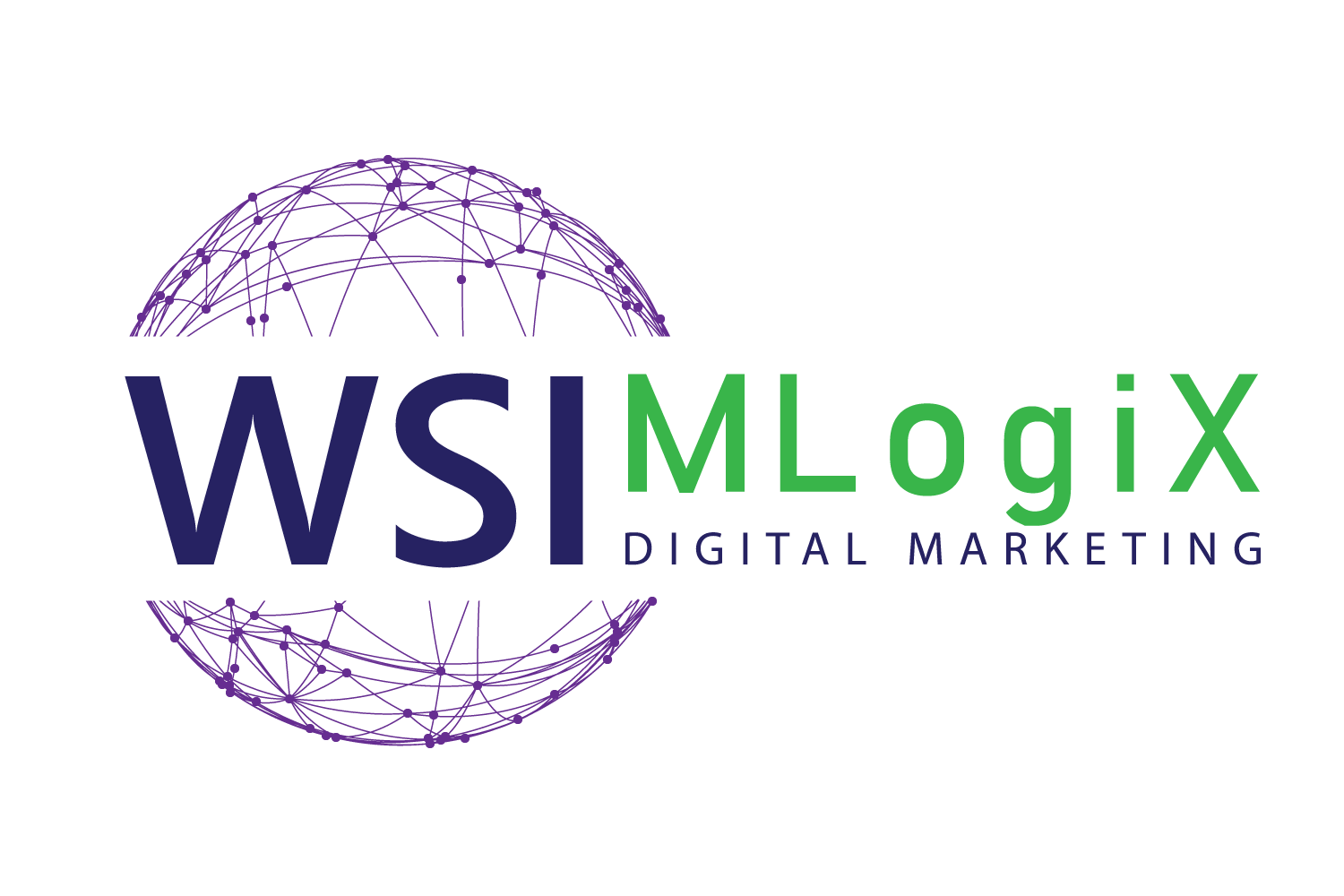Consumers now bounce between spoken queries, AI-generated summaries, and content-matched pages before they ever hit a product page. If you’re working with a Google Ads agency San Francisco Bay Area or steering campaigns alone, treating each surface as a separate silo leaves revenue on the table. This article attempts to explain on how to weave three next-generation formats into one profitable strategy.
Voice-search ads: meeting users who talk, not type
More than 65% of U.S. adults aged between 25-49-years use voice search daily, and approximately 3/4th of those queries contains three or more words. That shift upends traditional keyword lists but rewards advertisers who speak the same way their customers do.
Quick setup checklist
- Campaign type – Use standard Search or Performance Max; enable broad match plus smart bidding to catch natural-language variants.
- Keyword research – Pull long-tail, question-based phrases (“who fixes a leaky roof near me”) from Search Terms reports and Google’s keyword planner.
- Ad copy – Write headlines that mirror spoken grammar; skip abbreviations a voice assistant wouldn’t pronounce.
- Extensions – Location, call, and image extensions raise visibility on mobile screens where most voice searches occur.
- Landing pages – Answer the question in the first H1, add FAQ schema, and keep load times under three seconds.
Voice queries often imply local intent, so smart geofencing plus proximity bid modifiers should become part of routine PPC management.
Google’s AI Overlay placements: ads inside the answer
Since May 2025, Google began inserting text and Shopping units directly into AI Overviews (AIO) on desktop search. Ads can appear either inside the overlay or above/below it—but never in both spots during the same auction, and only broad-match keywords are eligible for the in-overlay slot.
Optimization moves
- Use broad match tactically. Pair it with robust negatives and value-based smart bidding to keep relevance high while unlocking AIO eligibility.
- Feed the algorithm assets. Upload diverse headlines, square and landscape images, and at least one short-form video. The system builds combinations that match the visual style of AI Overviews.
- Watch impression share shifts. In-overlay ads often trade clicks for assisted conversions; add a custom report segment to track performance by search top vs. absolute top vs. AIO.
- Creative testing rhythm. Swap low-CTR assets every 21 days; most Google Ads experts see AIO learning windows close faster than classic search.
These placements are still rolling out, but early adopters gain brand authority by being part of the answer itself rather than a separate listing.
Contextual targeting: privacy-proof reach at scale
Cookie deprecation pushes advertisers to signals that don’t rely on user-level tracking. Google’s simplified “Content” page now lets you steer Topics, Display/Video keywords, and Placements from one screen while its crawler matches page themes to your ads.
Best practices for discovery-mode users
| Action | Payoff |
| Group content themes into tight ad groups (e.g., DIY home repairs, sustainable fashion). | Higher ad relevance scores and lower CPCs. |
| Layer demographic or affinity segments on top of content keywords. | Balances reach with buyer intent. |
| Exclude mismatched or sensitive placements weekly. | Protects brand image without throttling scale. |
| Rotate fresh creative every four weeks. | Prevents fatigue in long-tail placements. |
For brands seeking PPC services for small business, contextual campaigns provide a predictable CPM ceiling and complement first-party audience lists.
Stitching the formats together
- Discovery first: Use contextual Display, YouTube, and Discovery ads to fill remarketing lists with mid-funnel visitors.
- Conversational capture: Retarget those visitors with voice-optimized Search ads when they ask detailed questions.
- Answer authority: Let broad-match search terms eligible for AIO pull your offer into the user’s AI summary, reinforcing credibility.
When all three layers share the same conversion action and data feed, automated bidding reallocates spend toward the path with the best marginal return—keeping paid search advertising efficient even as surfaces multiply.
Measurement tips
- Add “interaction type = voice” columns in Search Term reports to isolate spoken queries.
- Create a custom segment for “Search top slot lost (AIO eligible)” to watch overlay inventory.
- Use view-through conversions from contextual placements as directional signals, not hard KPIs.
A seasoned Google ads consultant can build these dashboards in Looker Studio or within the Google Ads UI to speed up insights.
Final thoughts
Voice-driven search, AI-blended results, and privacy-safe context are no longer experimental—they’re standard practice for profitable acquisition in 2025. Teams that treat them as complementary threads, supported by disciplined Google Ads optimization, earn more qualified traffic while competitors cling to last decade’s playbook.
Ready to put the pieces together? WSIM-Logix offers full-funnel planning, creative, and execution under one roof. Talk to our strategists and see how integrated next-gen formats can grow your business.




